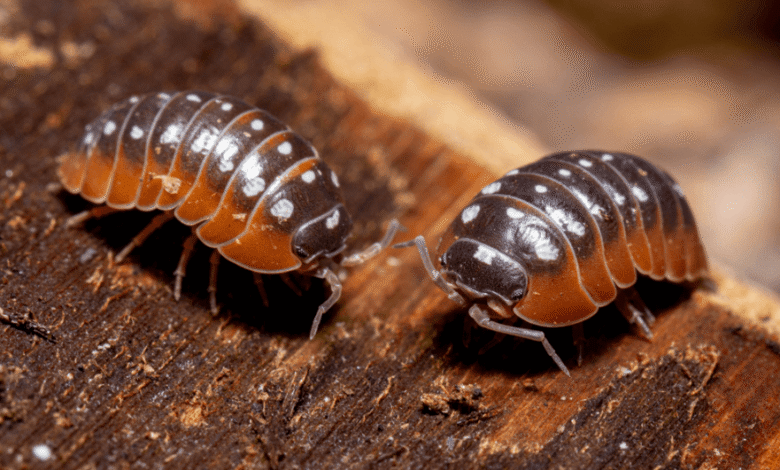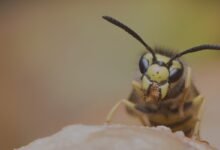Beyond The Clean Up Crew: How To Pick Isopods For Your Bioactive Vision

Bioactive terrariums (whether simple or complex) have revolutionized the keeping of reptiles and amphibians by elevating our animals beyond the realm of sterile cages and creating living systems in a constant state of change that can potentially live on their own. At ant keeping depot, isopods are touted as the top “cleanup crew,” which they are, but they do a lot more than pick up trash. These cool little crustaceans are a beneficial addition to your substrate, helping to keep it healthy, coincidentally processing nutrients, and acting as a natural foodstuff source for certain animals. Give in to your inner artist and decide something that goes with your own bioactive vision for the terrarium. If you want the Best isopods for beginners, it’s important to know more about their different needs and traits so you can create a little world that is truly harmonious and healthy. This article goes into detail on how to choose isopods, turning them from basic cleaners into important parts of your carefully designed ecosystem.
Isopods: Not Just Scavengers
Isopods are great because they consume decaying organic matter, but they also bring so much else to the party in a bioactive terrarium. They aerate the soil on their own as they dig through it, preventing it from getting too compact and helping the roots of living plants flourish. Because they are continually travelling about, they also help to distribute beneficial bacteria throughout the substrate, adding to the fact that the economy of ‘good bacteria’ that is critical for decomposition.
Isopods also provide a natural source of calcium for many reptiles and amphibians, especially those that eat insects. Some animals, such dart frogs, geckos, and even some snakes, may eat isopods from time to time as a natural way to get extra food. This multi-functional role makes isopods more than just a cleanup crew; it makes them an essential part of the bioactive design.
See also: What Is Company Formation? Key Steps Explained Simply
Compatibility of Primary Inhabitants: Predation and Living Together
How your primary reptile or amphibian interacts with the species of isopod you choose is crucially important. Certain animals, particularly small insect-eating ones, like dart frogs or some types of geckos, may chase isopods down. Most types of isopod will peacefully coexist with larger, or more aggressive creatures, or those that do not typically consume insects. But always be vigilant for potential interactions to ensure that the isopods aren’t too stressed or nibbled to nothing — the opposite of what they’re there to do. So to keep everyone in a safe and not-stressed environment it is important to know how things work. This will also protect the cleanup crew and allow them to operate.
Reproduction Rates: Keeping the Colony Alive
The rate at which an isopod species reproduces is very important for long-term biological success. For a cleanup crew to do its job well, it needs to have a large number of healthy members. Fast-reproducing species are great for tanks that make a lot of waste or for tanks where the main animal might eat them from time to time.
Species that reproduce more slowly may be beneficial for smaller enclosures with less waste or for people who want to keep a smaller, easier-to-manage colony. Overpopulation can also be a problem, but it happens less commonly in bioactive setups that are well-balanced and often takes care of itself. Choosing a species that reproduces at a rate that works for your terrarium will ensure that you have a stable and effective cleanup crew for years to come, without having to do anything yourself.
Selecting isopods for your bioactive terrarium is about more than selecting a clean-up crew. It’s a large decision with a large impact on the health, stability and beauty of your small environment . When you acquire Best isopods for beginners, remember that you are putting money into the heart of your terrarium. This will help it become a self-sustaining, lively, and enriching place for all of its inhabitants.
